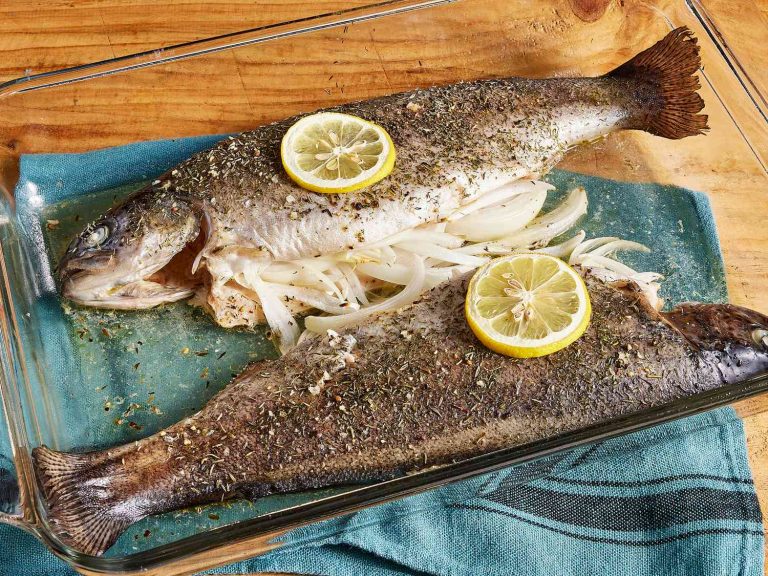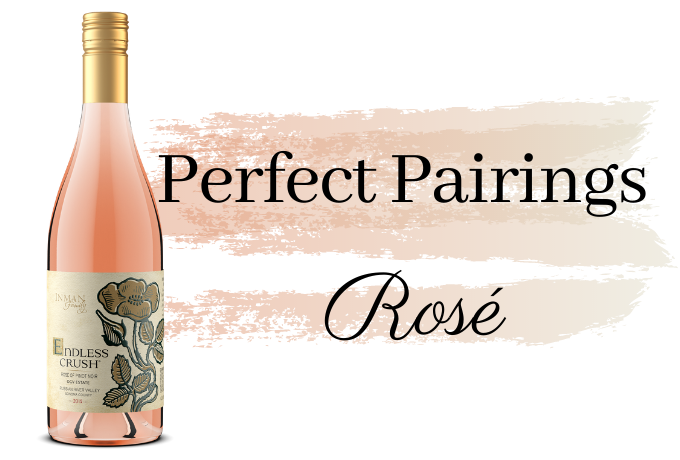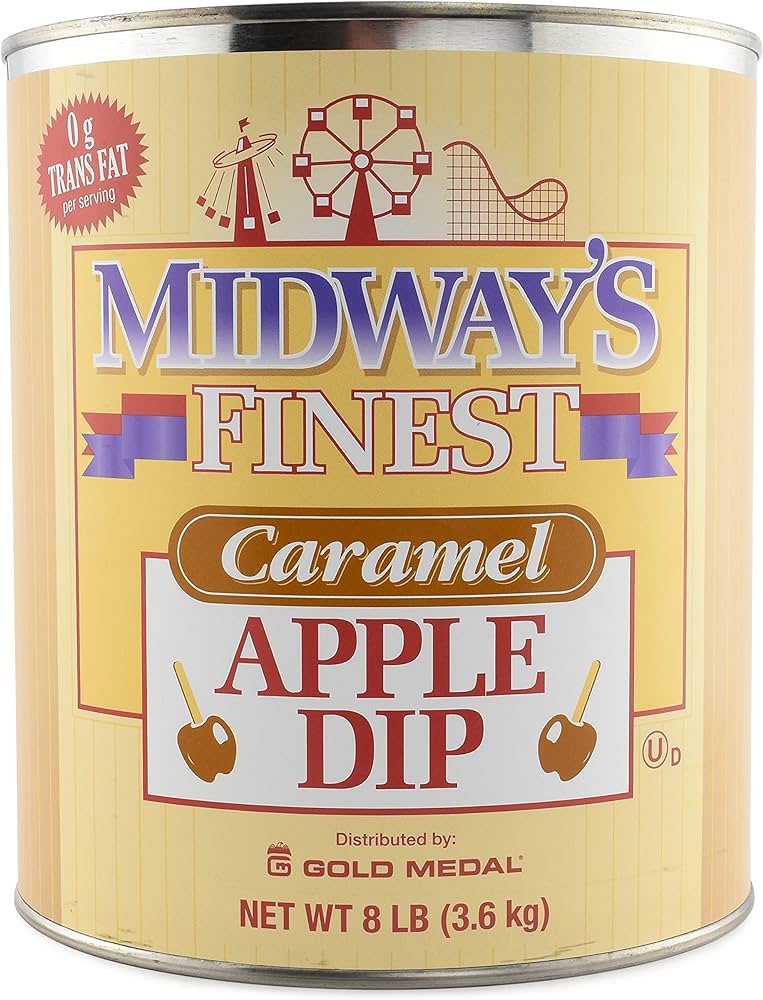Shrimp And Langostino Lobster Linguine Recipe – Perfect for Romantic Dinners and Family Gatherings
Langostino, a term often confused with lobsters and shrimp, refers to a type of shellfish belonging to the genus Pleuroncodes. Though resembling small lobsters, they share more similarities with hermit crabs. Langostino offers a sweet, delicate flavor, enhancing seafood dishes with its unique taste. They’re predominantly sourced from Chile, providing a sustainable and flavorful seafood option.
Key Ingredients and Flavors
The essential ingredients for Shrimp and Langostino Lobster Linguine include shrimp, langostino lobster, linguine pasta, heavy cream, garlic, and Parmesan cheese. Shrimp provides a succulent, firm texture. Langostino lobster contributes a sweet, tender bite. Linguine, the pasta base, holds the creamy sauce well.
Various spices like paprika and cayenne pepper add depth. Fresh parsley and lemon juice deliver a zesty finish. The combination of these ingredients creates a rich, savory dish. The balance of creamy, garlicky, and slightly spicy elements ensures a memorable dining experience.
Culinary History of the Dish
Origin of Shrimp and Lobster Recipes
Shrimp and lobster recipes trace their roots back centuries, predominantly to coastal regions where seafood was abundant. Ancient Romans and Greeks prized lobsters and shrimp, incorporating them into various dishes. These sea creatures, known for their sweet and tender meat, were often boiled, grilled, or baked. Medieval European cuisine also featured shrimp and lobster, particularly in the affluent households where these delicacies were staples. Notably, shrimp appears in both East and West culinary traditions, with Asian cuisines showcasing stir-fried and tempura shrimp, while Western cuisines favored more complex, creamy preparations.
Evolution into Gourmet Seafood Linguine
The transition from basic preparations to gourmet seafood linguine began in the 20th century when Italian-American chefs started experimenting with traditional Italian pasta dishes. Combining the rich and creamy elements of Alfredo sauce with succulent seafood, these chefs created a new fusion dish. Linguine, a type of pasta known for its thin, flat shape, became a popular choice due to its ability to hold and absorb sauces effectively. By incorporating shrimp and langostino lobster, chefs elevated the dish to a gourmet status, appealing to those seeking sophisticated flavors. Over time, this dish gained popularity in upscale restaurants, cementing its place as a luxurious and indulgent entrée.
How to Prepare Amazing Shrimp and Langostino Lobster Linguine
Necessary Ingredients
To prepare Shrimp and Langostino Lobster Linguine, gather the following ingredients:
- Shrimp (15-20 pieces): Deveined, peeled, and cleaned.
- Langostino Lobster (1 cup): Cooked and peeled.
- Linguine Pasta (12 oz): Dry or fresh.
- Heavy Cream (1 cup): Provides richness.
- Garlic (4 cloves): Minced.
- Parmesan Cheese (1 cup): Freshly grated.
- Olive Oil (2 tablespoons): For sautéing.
- Butter (2 tablespoons): Adds flavor.
- Lemon Juice (2 tablespoons): Freshly squeezed.
- Paprika (1 teaspoon): Adds a smoky flavor.
- Cayenne Pepper (1/2 teaspoon): Adds heat.
- Salt and Black Pepper: To taste.
- Fresh Parsley (1/4 cup): Chopped, for garnish.
- Prepare the Pasta: Cook the linguine pasta according to package instructions, ensuring it’s al dente. Drain and set aside.
- Cook Shrimp: In a large skillet, heat olive oil over medium-high heat. Add shrimp, season with salt and black pepper, and cook for 2-3 minutes per side until pink and opaque. Remove from skillet, setting them aside.
- Sauté Garlic: In the same skillet, add butter and reduce heat to medium. Add minced garlic, sautéing until fragrant (about 1 minute).
- Create the Sauce: Pour in heavy cream, stirring to combine. Add paprika, cayenne pepper, and more salt and black pepper if needed. Stir continuously until the sauce thickens (about 3-5 minutes).
- Combine Ingredients: Return the cooked shrimp to the skillet and add langostino lobster. Stir to combine, allowing the seafood to heat through (about 2-3 minutes).
- Incorporate Pasta: Add the cooked linguine to the skillet, tossing to ensure the pasta is evenly coated with the creamy sauce.
- Finish the Dish: Sprinkle freshly grated Parmesan cheese over the pasta and mix. Add a squeeze of fresh lemon juice for tanginess. Garnish with chopped fresh parsley.
- Serve Hot: Serve immediately, ensuring each plate gets a generous portion of shrimp and langostino lobster.
Pairing and Presentation Tips
Best Wine Pairings
Choose wines that complement the rich, creamy flavors of the Shrimp and Langostino Lobster Linguine. Opt for a crisp white wine like a Sauvignon Blanc from New Zealand. Its acidity and citrus notes balance the creaminess of the dish. Alternatively, a Chardonnay, particularly one that’s unoaked, pairs well due to its smooth texture and subtle vanilla hints. For those who prefer red, a light-bodied Pinot Noir from Oregon offers an earthy, berry flavor that doesn’t overpower the dish.
| Wine Type | Recommended Region | Flavor Notes |
|---|---|---|
| Sauvignon Blanc | New Zealand | Citrus, Floral |
| Chardonnay | California, France | Smooth, Vanilla |
| Pinot Noir | Oregon | Earthy, Berry |
Serving Suggestions
Serve the Shrimp and Langostino Lobster Linguine hot in a wide, shallow bowl. Garnish with fresh parsley and a lemon wedge for extra zest. Add a side of garlic bread or a simple green salad to complete the meal. Arrange the shrimp and langostino evenly to ensure each bite is flavorful. Use a sprinkle of Parmesan cheese as a final touch, enhancing the overall creaminess and depth of the dish. For an enhanced dining experience, dim the lights and use elegant tableware to create a luxurious atmosphere.
Conclusion
Creating Shrimp and Langostino Lobster Linguine at home isn’t just about cooking a meal; it’s about crafting an experience. The rich, creamy flavors and the history behind the dish add a touch of elegance to any dining occasion. By carefully selecting the freshest ingredients and following the tips for pairing and presentation, you can elevate your dinner to a gourmet level. Whether you’re planning a romantic evening or a family gathering, this dish promises to impress and delight everyone at the table. Enjoy the process, savor the flavors, and make lasting memories with each bite.






